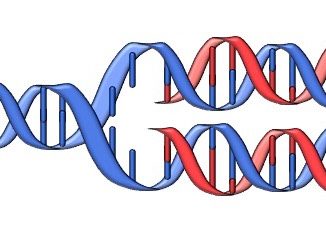
Semi-conservative DNA Replication
Introduction DNA is only one type of genetic information that is carried by humans and other living things. The bases of the DNA known as […]

Introduction DNA is only one type of genetic information that is carried by humans and other living things. The bases of the DNA known as […]

What is nitrogen fixation? The phenomenon of conversion of free nitrogen into nitrogenous salts to make it available for absorption by plants is called nitrogen […]

The genus Streptococcus includes a large number of species of Gram-positive, catalase negative cocci. They are non-motile and non-spore forming. They are arranged in chains […]
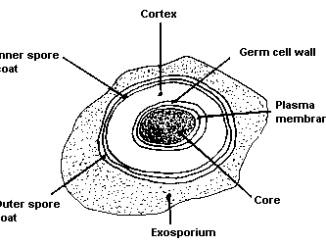
Spore is a resting or dormant cell which is metabolically inactive and is produced during unfavorable conditions like nutrition deficiency, extreme temperature and pH, presence […]

What is a biofilm? A biofilm is an aggregate of interactive bacteria attached to a solid surface or to each other and encased in an […]
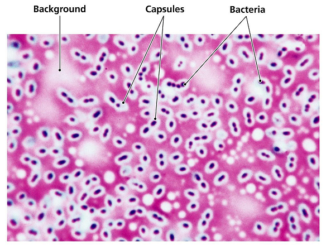
Capsule staining is a differential technique commonly used in light microscopy. A capsule is a gelatinous layer which lies immediately exterior to the cell wall […]
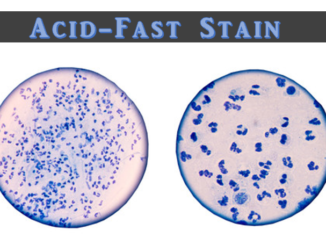
Acid-fast staining is one of the differential staining techniques commonly used for light microscopic examination of bacteria. It differentiates acid-fast bacteria from non-acid fast bacteria. […]
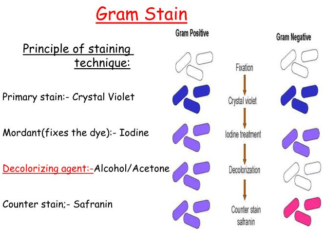
Gram staining is a differential staining technique that is used for microscopic examination of bacteria. In differential staining, specimen is subjected to a series of […]
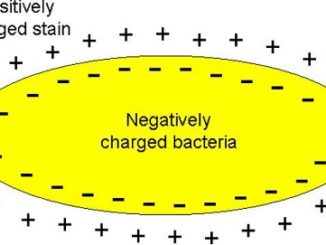
Purpose of staining: In bright field or light microscopy, background appears bright and the microorganisms appear dark as they absorb some of the light. However, […]
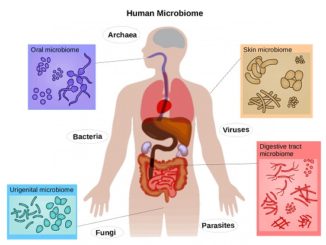
The term “normal microbial flora” denotes the population of microorganisms that inhabit various body parts like skin and mucous membranes of healthy normal persons. Our […]
Copyright © 2025 | WordPress Theme by MH Themes